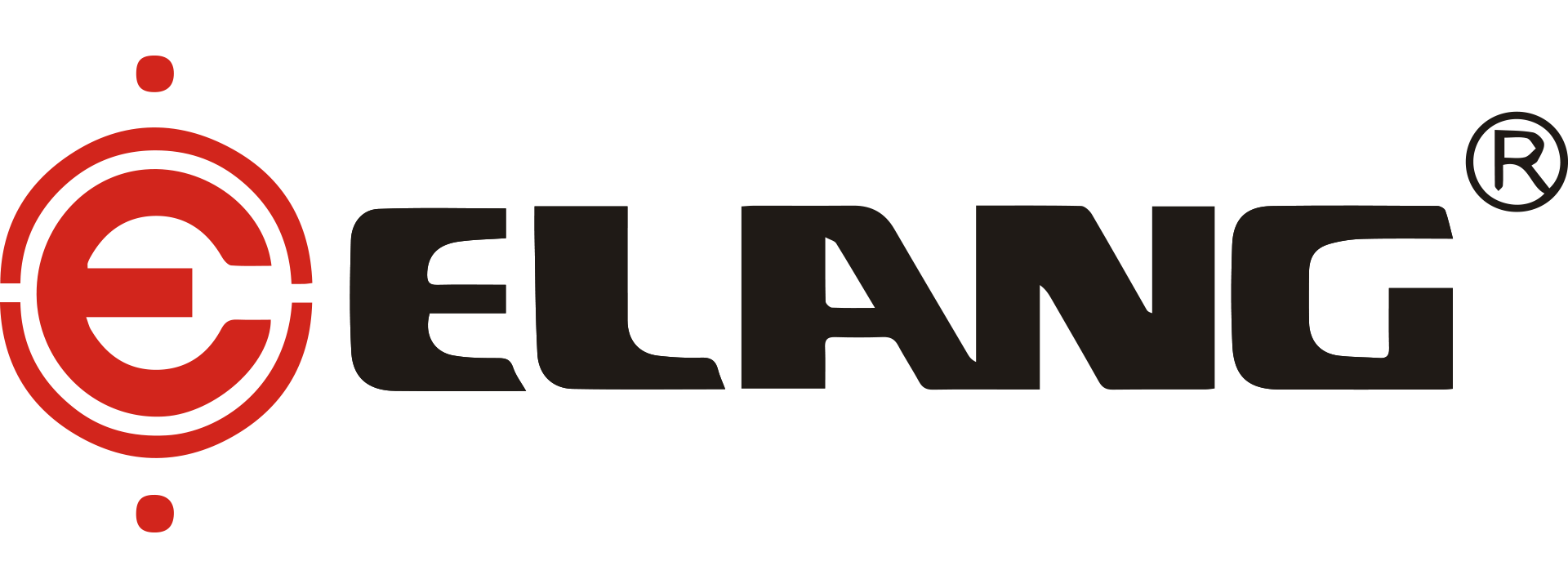Serch the Knowledge Base
21. What are the Factors Considered When Selecting an Inverter?
- Load Types and Inverter Selection. Inverters may not function properly in all situations, so it is essential to have a deeper understanding of the load, environmental requirements, and the inverter. Different loads carried by electric motors have varying demands on the inverter.
1.1. Fans and pumps. These are the most common loads with the simplest requirements for inverters. As long as the inverter capacity matches the motor capacity, it suffices (for applications like air compressors, deep well pumps, slurry pumps, and rapidly changing musical fountains, an increased capacity may be necessary).
1.2. Crane-like loads. The characteristic of these loads is that they have significant impacts during startup, thus requiring a certain margin for the inverter. Additionally, when lowering heavy objects, there is energy feedback, so it is necessary to use a braking unit or employ a shared busbar configuration.
1.3. Uneven-load type. Some loads vary in weight, being light at times and heavy at others. In such cases, it is advisable to choose the inverter capacity based on the heavy-load scenarios, for instance, in machinery like rolling mills, crushers, and mixers.
1.4. High-inertia loads. Such loads include centrifuges, punch presses, and rotary kilns in cement plants, which have a high level of inertia. Therefore, they may experience oscillations during startup, and there can be energy feedback when the motor decelerates. To mitigate these issues, it is advisable to use a slightly larger capacity inverter to expedite the startup and avoid oscillations. Additionally, a braking unit can be employed to eliminate feedback energy. - Long-term low-speed continuous rotation can lead to increased motor heating, which reduces the cooling capacity of the fan. Therefore, it is necessary to use a larger reduction ratio or switch to a six-pole motor to operate the motor at a higher frequency to mitigate these issues.
- The installation location of the inverter must meet standard environmental requirements; otherwise, it can lead to malfunctions or a shortened service life. The distance between the inverter and the drive motor generally should not exceed 50 meters. If a longer distance is required, it is necessary to reduce the carrier frequency or add an output reactor option to ensure proper operation.
